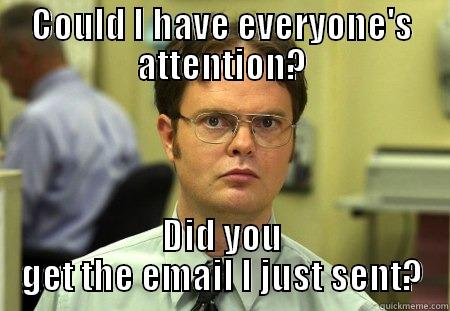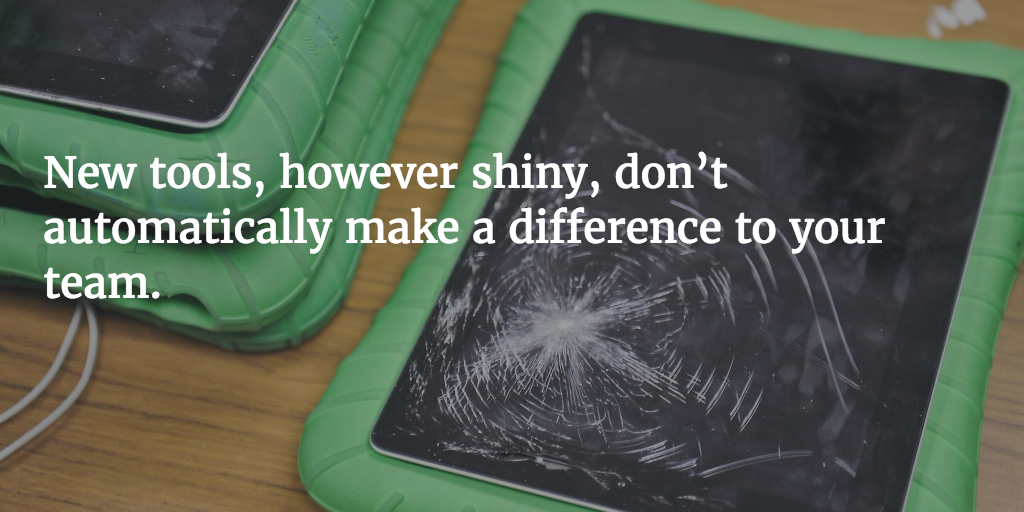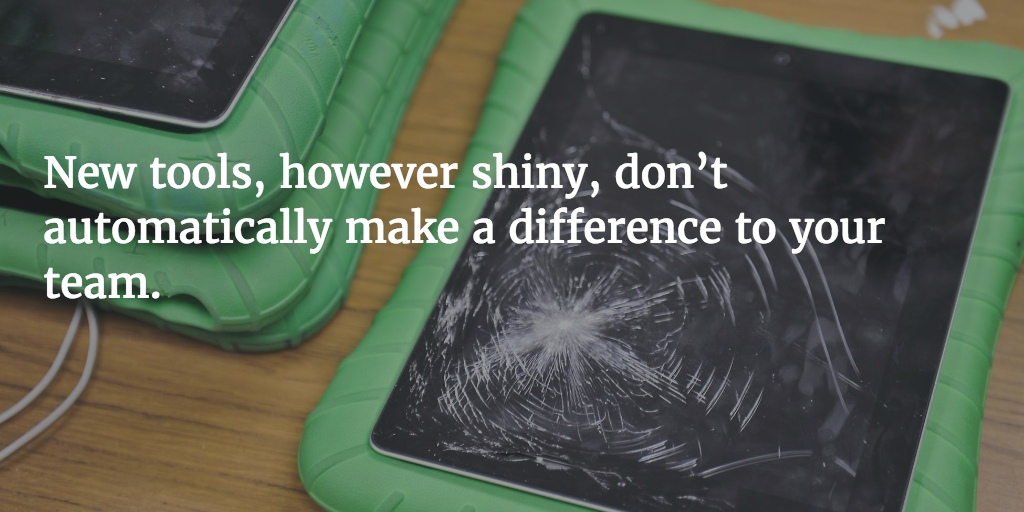Remote work is growing fast in the United States.
According to a FlexJobs report, 3.9 million Americans work from home at least half the time, which represents a 115% increase from 2005. “Remote/work from home” was one of the most popular job-hunting search terms in the past year, and hiring managers predict that in the next 10 years, more than one-third of employees will be working remotely.
This growth isn’t a trend. Buffer’s 2019 State of Remote Work survey showed that 99% of respondents wanted to work remotely for the rest of their careers. When people get a taste of remote work, they don’t want to go back.
Work as we know it is changing.
And while most would agree that the trend is positive, there are plenty of growing pains associated with remote work, namely meetings. As offices change, communication is changing too.
For better or worse, meetings are a staple of nine-to-five life. But the traditional model doesn’t translate well in remote settings, where people are spread across time zones, coffee shops, and coworking spaces. Asynchronous communication is key to making a distributed team work. It’s time to rethink the way me meet.








